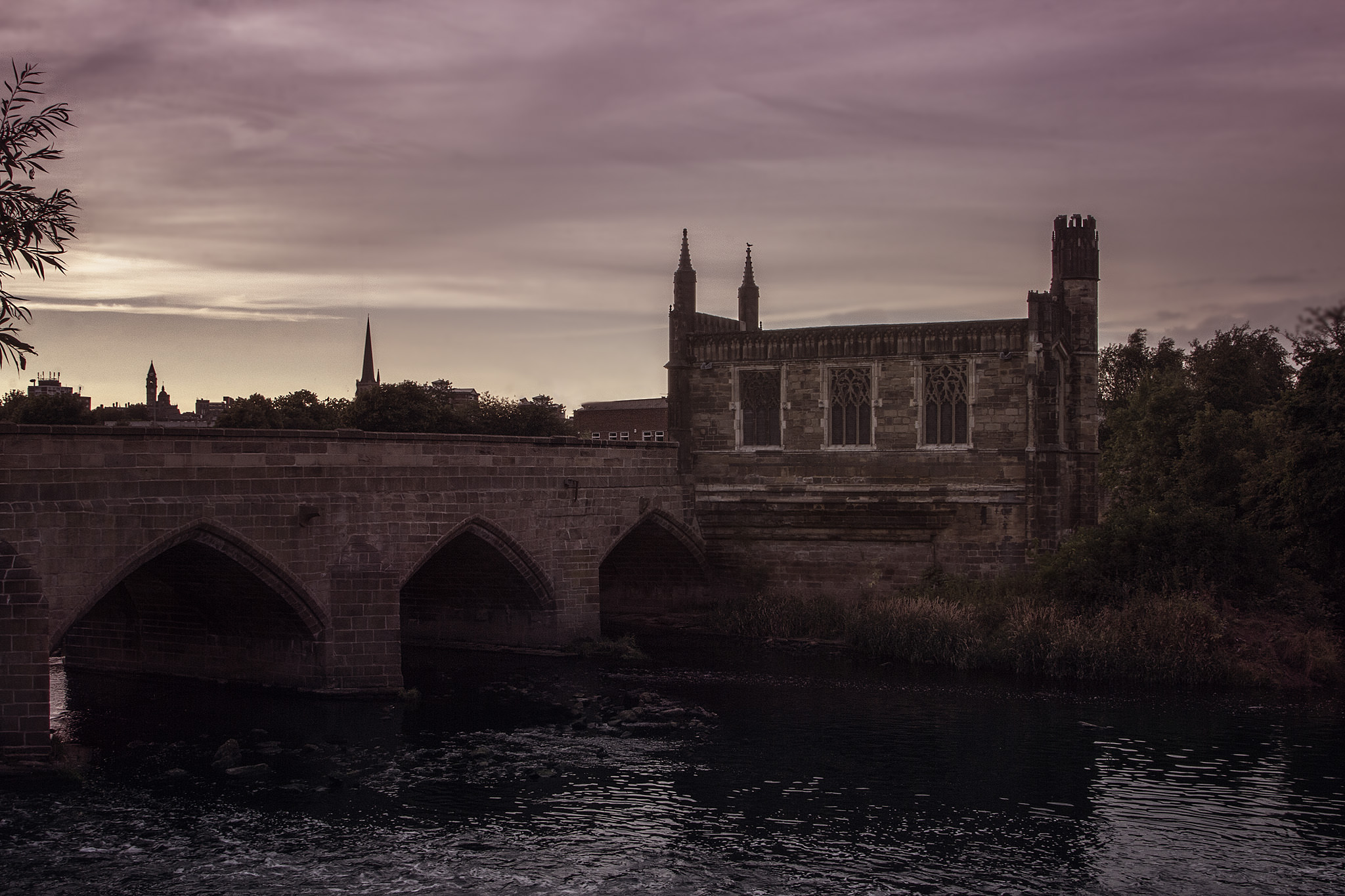Wakefield Chapel & Bridge, Yorkshire, England



In the Middle Ages, chapels were often built on bridges so as to be available for the spiritual needs of travellers. The old London Bridge once had a chapel dedicated to St. Thomas Becket but today there are only six of these chapels still standing in England. The others are at Bradford-on-Avon, St. Ives, Rotherham, Derby and Rochester. Some of the chapels, as at Wakefield, were built as part of the structure of the bridge. In later times this helped to ensure their survival, as to remove it would mean having to rebuild the bridge itself.
These bridge chapels were originally Chantry Chapels; the name is derived from the priest whose duty it was to chant masses for the souls of the dead. Wakefield’s Chantry chapel is dedicated to St. Mary and is the oldest and most elaborate of the surviving chapels, it dates from the mid-14th Century.
The Dissolution of the Colleges and Chantries in the Acts of 1545 and 1547, saw the priests pensioned off leaving the chapels redundant. Most chantry chapels fell into decline and many were lost.
Its impossible to mention Wakefield Bridge without mentioning the Battle of Wakefield and the death of the Duke of York’s son, Edmund, Earl of Rutland, who was killed on Wakefield Bridge in the aftermath of the battle, either having been taken prisoner or attempting to flee the battle (sources vary), he was only 17 years of age. His head was cut off and displayed on the gates of York.
